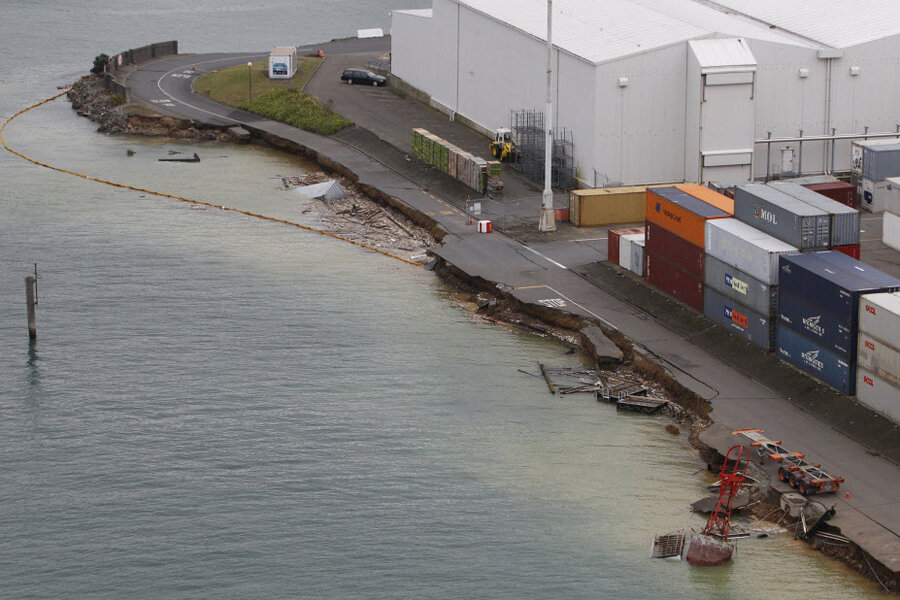New Zealand earthquake leaves Wellington residents rattled
Loading...
| CANBERRA, Australia
The New Zealand capital Wellington was rattled by a strong magnitude 6.9earthquake on Sunday that broke water mains, smashed windows and downed power lines.
Wellington Police Inspector Marty Parker said there had been minor structural damage that had left parts of the city without power. There have been no reports of injury and no tsunami.
The U.S. Geological Survey said the quake struck under the Cook Strait 57 kilometers (35 miles) southwest of Wellington. It was 10 kilometers (6 miles) underground.
The quake could be felt hundreds of kilometers away in the center of New Zealand's North Island.
Parker said the quake struck near nightfall. A more complete picture of the damage would emerge in the morning, he said.
New Zealand is part of the so-called Pacific "Ring of Fire" that receives regular seismic activity. A severeearthquake in the city of Christchurch in 2011 killed 185 people and destroyed much of the city's downtown.







